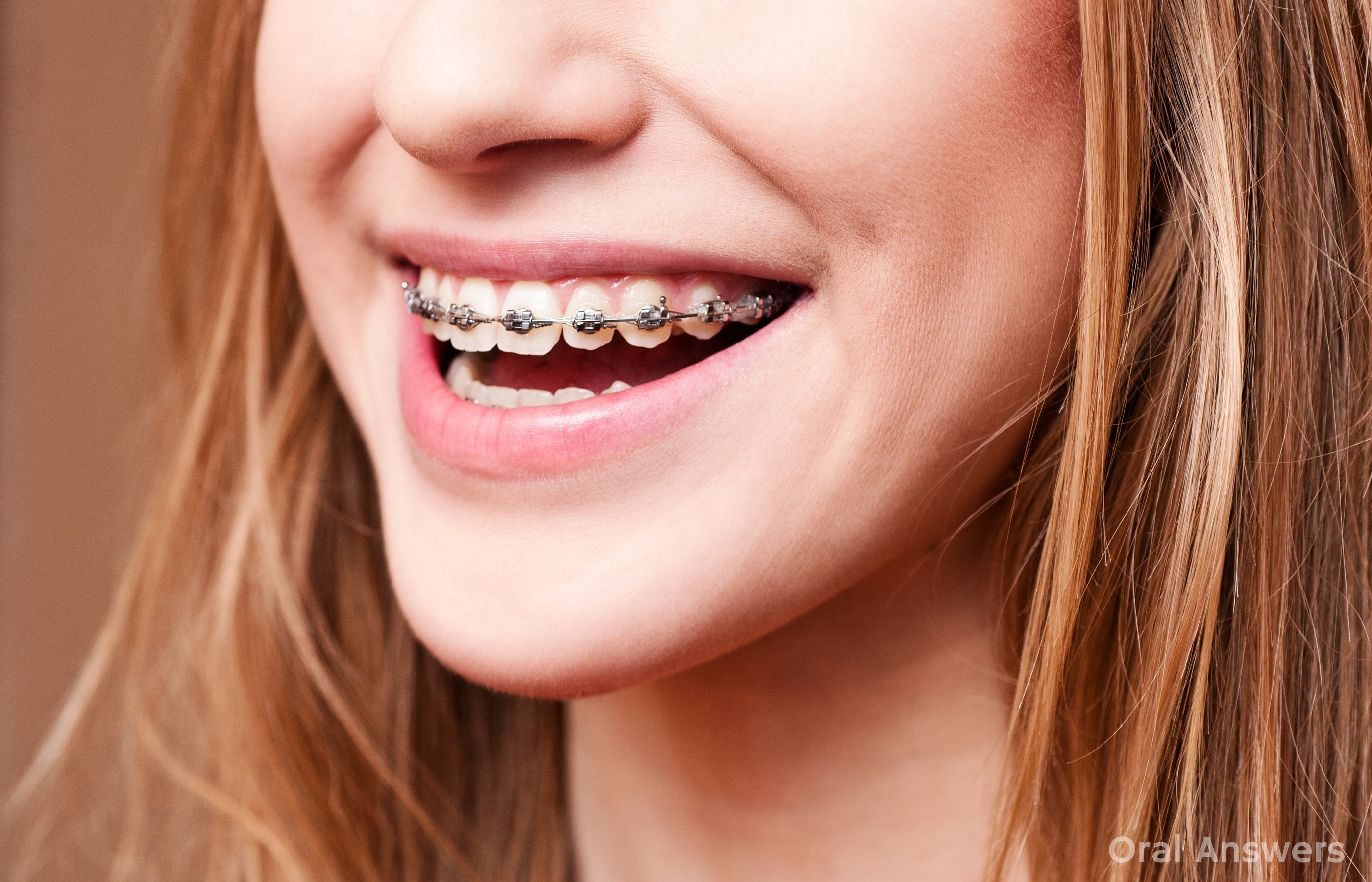If you're a parent wondering what is the best age for teeth braces, you're not alone. Many parents face the same dilemma: when is the right time to straighten their child's teeth? Getting the timing right can mean less time in treatment, better results, and fewer complications down the road.
In this article, we'll dive into the ideal age for braces, the signs to watch for, the benefits of early orthodontic care, and what to expect before, during, and after the process. Let's help you avoid future dental drama and set your child up for a lifetime of confident smiles.

Why Braces Matter: It's Not Just About Looks
Before we talk timing, let's understand why braces are so important. While many people associate braces with cosmetic benefits, they play a crucial role in oral health. Misaligned teeth can lead to:
-
Jaw pain and TMJ issues
-
Increased risk of tooth decay and gum disease
-
Difficulty chewing or speaking
-
Uneven wear on tooth enamel
Braces correct bite issues, guide jaw development, and prevent long-term complications. So, knowing what is the best age for teeth braces can be a game-changer for your child's dental future.
What Is the Best Age for Teeth Braces?
Orthodontists generally recommend that children have their first orthodontic evaluation by age 7. This doesn't mean braces will go on right away. In fact, many kids don't need braces until later. However, this early assessment helps detect potential problems with jaw growth and tooth alignment.
So, what is the best age for teeth braces in most cases? Typically, between ages 9 and 14—after the child has lost most of their baby teeth but before their jaw stops growing. During this window:
-
Permanent teeth are in place
-
Jawbones are still malleable, making correction easier
-
Early intervention can prevent more complex treatments later
Each child is different, though, so it's essential to consult an orthodontist for a personalized timeline.
Signs Your Child May Need Braces
Even if your child's teeth look fine, there may be hidden alignment issues. Here are common signs that your child might need orthodontic care:
-
Crowded or crooked teeth
-
Overbite or underbite
-
Jaw clicking or popping
-
Mouth breathing or snoring
-
Early or late loss of baby teeth
-
Difficulty chewing or biting
If you notice any of these, don't wait. Schedule an orthodontic checkup to assess if and when braces will be needed.
The Two-Phase Treatment Approach
Orthodontists often use a two-phase approach when early signs of dental issues are detected. This method ensures the best long-term results:
Phase 1: Early Intervention (Ages 6–10)
This phase focuses on guiding jaw growth, correcting bite issues, and creating space for permanent teeth. Tools like expanders, partial braces, or retainers may be used.
Phase 2: Comprehensive Braces (Ages 11–14)
Once most permanent teeth are in, full braces are applied to align the teeth perfectly. This phase typically lasts 12–24 months, followed by a retainer.
This proactive strategy helps avoid surgery, extractions, or more extensive correction later on.
Choosing the Right Time: What Parents Should Know
Timing braces for your child depends on multiple factors—jaw development, tooth eruption, and even emotional readiness. Kids need to follow instructions carefully and maintain excellent oral hygiene during treatment.
Before asking what is the best age for teeth braces, consider these questions:
-
Has your child lost most baby teeth?
-
Are their adult teeth crowding or overlapping?
-
Is your child mature enough to care for braces?
Your orthodontist will assess all of these before recommending the perfect time to begin treatment.
Braces Options for Kids
Today, braces aren't one-size-fits-all. Depending on the complexity of the case and your child's preferences, orthodontists may suggest:
-
Traditional metal braces – Most common, effective for all types of misalignment
-
Ceramic braces – Less noticeable but slightly more fragile
-
Invisalign (for teens) – Clear, removable aligners for mild to moderate issues
While the aesthetic choices are important, your orthodontist will prioritize what works best for your child's unique dental needs.
Benefits of Braces at the Right Age
When braces are applied at the optimal age, the benefits go far beyond straight teeth. Here's why timing is everything:
-
Shorter treatment time – The earlier the intervention, the faster the results
-
Better results – Jawbones are still growing, making adjustments easier
-
Less invasive – Early care may eliminate the need for surgery or tooth removal
-
Boosted confidence – Kids feel better about their smiles in formative years
So, if you're wondering what is the best age for teeth braces, remember that the right timing ensures long-lasting oral health and self-esteem.
Life After Braces: What to Expect
Once braces come off, the journey isn't over just yet. A crucial part of the process is retention. Your child will need to wear a retainer to keep their teeth from shifting back into their old positions.
Tips for successful post-braces care:
-
Encourage your child to wear their retainer daily as directed
-
Schedule regular checkups to monitor alignment
-
Reinforce good oral hygiene habits
Consistency ensures your child's hard-earned smile lasts a lifetime.
Final Thoughts: Timing is Everything
So, what is the best age for teeth braces? While there's no one-size-fits-all answer, most children benefit from treatment between ages 9 and 14. Early evaluation and timely intervention can prevent complications and give your child a healthy, confident smile.
Don't wait for obvious problems to appear. Book an orthodontic consultation around age 7 and stay informed. Being proactive today can help your child avoid dental drama tomorrow.





